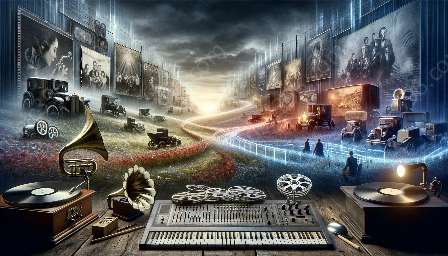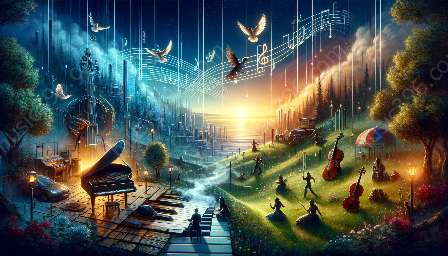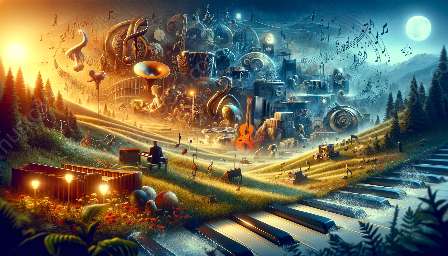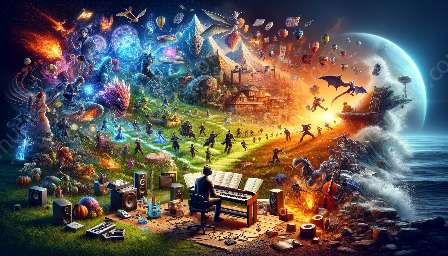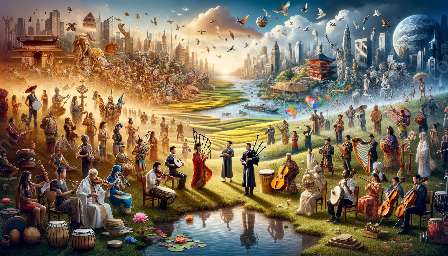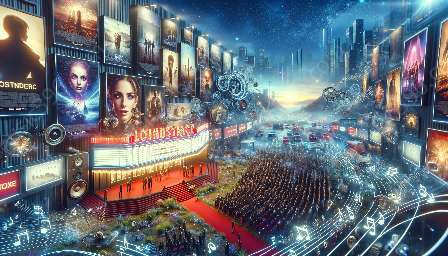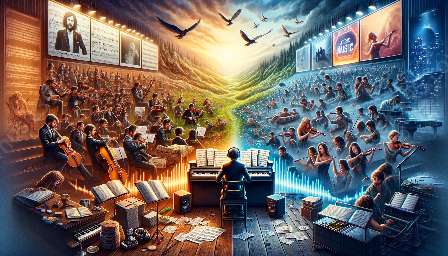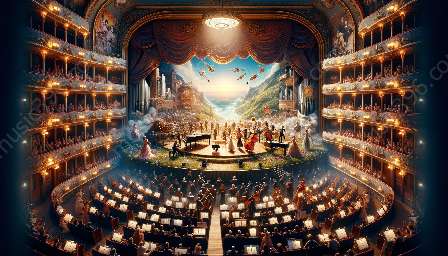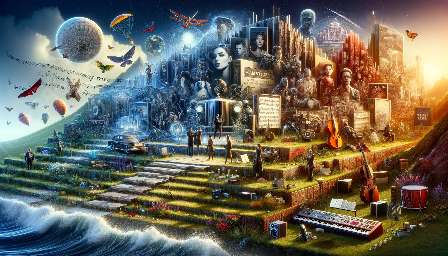Movie soundtracks have evolved over time, incorporating non-traditional approaches that redefine the way music is used in films. This article explores notable examples of non-traditional movie soundtracks, delving into their impact and significance in the history of soundtracks.
History of Movie Soundtracks
The history of movie soundtracks dates back to the early days of cinema. Initially, silent films relied on live musical performances to accompany screenings, often featuring pianists, orchestras, or even organists. With the advent of synchronized sound in the late 1920s, soundtracks became an integral part of the cinematic experience.
During Hollywood's golden age, orchestral scores dominated movie soundtracks, enhancing storytelling and evoking emotions through classical compositions. However, as the film industry evolved, so did the ways in which music was integrated into movies.
Non-Traditional Approaches in Movie Soundtracks
Non-traditional approaches to movie soundtracks encompass a diverse range of styles and techniques, challenging traditional norms and expanding the creative possibilities of music in film. Some notable examples include:
- Electronic and Synthesized Music: In the 1970s and 1980s, electronic and synthesized music began to make its mark in movie soundtracks, revolutionizing the way filmmakers could sonically portray their narratives. Films like "Blade Runner" (1982) and "Tron" (1982) featured groundbreaking electronic scores that brought a futuristic and otherworldly quality to their respective stories.
- Collaborations with Pop and Rock Artists: Directors and composers began collaborating with popular musicians to create soundtracks that captured the spirit of their films. One noteworthy example is the soundtrack for "Pulp Fiction" (1994), which curated a collection of iconic 1960s surf rock, soul, and pop songs to accompany the film's narrative, elevating the overall experience for audiences.
- Minimalist and Non-Instrumental Approaches: Some filmmakers have opted for minimalist and non-instrumental approaches to movie soundtracks, using ambient sounds, environmental noises, and unconventional techniques to create immersive sonic landscapes. For instance, the soundtrack for "The Blair Witch Project" (1999) utilized ambient textures and found sounds to heighten the tension and realism of the film's horror genre.
Impact and Significance
These non-traditional approaches to movie soundtracks have had a lasting impact on the film industry, opening up new avenues for creative expression and pushing the boundaries of what defines cinematic music. By embracing unconventional styles and diverse collaborations, filmmakers have been able to enhance their storytelling and connect with audiences on a deeper level.
Moreover, non-traditional soundtracks have contributed to the cultural relevance of movies, creating memorable musical experiences that resonate beyond the screen. Whether it's through experimental electronic compositions, curated pop music selections, or minimalist soundscapes, non-traditional approaches have become an integral part of shaping the auditory landscapes of modern cinema.


